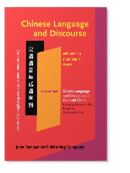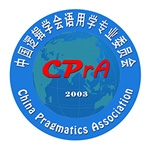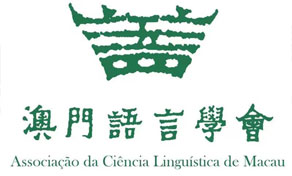Keynote Speakers
Chinese Language and Discourse (6th ISCLD)
Xiaofei LU
Applied Linguistics and Asian Studies
Department of Applied Linguistics
Xiaofei Lu received his Ph.D. in Linguistics from The Ohio State University and is currently Professor of Applied Linguistics and Asian Studies at The Pennsylvania State University. His research interests include corpus linguistics, English for Academic Purposes, second language writing, and second language acquisition, and computer-assisted language learning. He is Associate Editor of Ampersand and Frontiers in Psychology and serves on the editorial board of many international journals. He is the author of Corpus Linguistics and Second Language Acquisition: Perspectives, Issues, and Findings (Routledge, 2022) and Computational Methods for Corpus Annotation and Analysis (Springer, 2014). His work appears in American Educational Research Journal, Applied Linguistics, Behavior Research Methods, Assessing Writing, Computer Assisted Language Learning, Educational Researcher, English for Specific Purposes, International Journal of Corpus Linguistics, Journal of English for Academic Purposes, Journal of Pragmatics, Journal of Second Language Writing, Language Learning, Language Learning & Technology, Language Teaching Research, Language Testing, Reading and Writing, ReCALL, System, TESOL Quarterly, and The Modern Language Journal, among others.
Keynote Speech: Word-Combination-Based Measures of Phraseological Diversity, Sophistication, and Complexity and Their Relationship to Second Language Chinese Proficiency and Writing Quality
Abstract
This study proposed a set of novel word-combination-based measures of phraseological diversity, sophistication, and complexity and compared the strength of their correlations with second language (L2) Chinese writing quality and their discriminative power for L2 Chinese proficiency to that of a set of large-grained topic-comment-unit-based measures. Our dataset consisted of 101 assessed narratives produced by Korean Chinese as second language (CSL) learners at three proficiency levels. Multiple phraseological measures exhibited stronger correlations with quality ratings and/or larger effect sizes for proficiency than did the large-grained syntactic complexity measures. Measures pertaining to language-specific features, including topic-comment-unit-based measures and phraseological measures based on language-specific word combination types, exhibited stronger discriminative power for intermediate and advanced levels than for beginning and intermediate levels. Our results also revealed the importance of predicate-related combinations in assessing L2 Chinese phraseological diversity and complexity. The implications of our findings for L2 Chinese writing research and CSL pedagogy are discussed.


